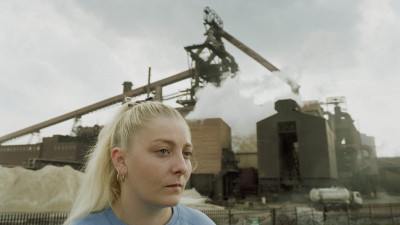
Like Father (2001)
Amber Films

Like Father (2001)
Amber Films
- Film and Video
- Communities
- Northern Documentary
- Popular Cultures
- Politics & Struggles
- Work & Unemployment
- 2000 – 2010
- County Durham
- UK
Amber Films, 95 mins, 2001
Like Father is the second film in Amber’s coalfield trilogy, following The Scar (1997) and preceding Shooting Magpies (2005). Set in East Durham, it explores the impact of colliery closures on three generations of the Elliott family, with the film examining how industrial decline has reshaped their lives, forcing them to navigate change in different ways.
Like much of Amber’s work, Like Father is not just about economic change but also about masculinity, family, and the shifting definitions of work and identity. It stands as a testament to Amber’s commitment to long-form storytelling, capturing the emotional and social consequences of deindustrialisation. The film is both a deeply personal family portrait and a wider reflection on a community forced to redefine itself in the wake of industrial decline.
Related Works


Shooting Magpies (2005)
Amber Films
Film and Video

